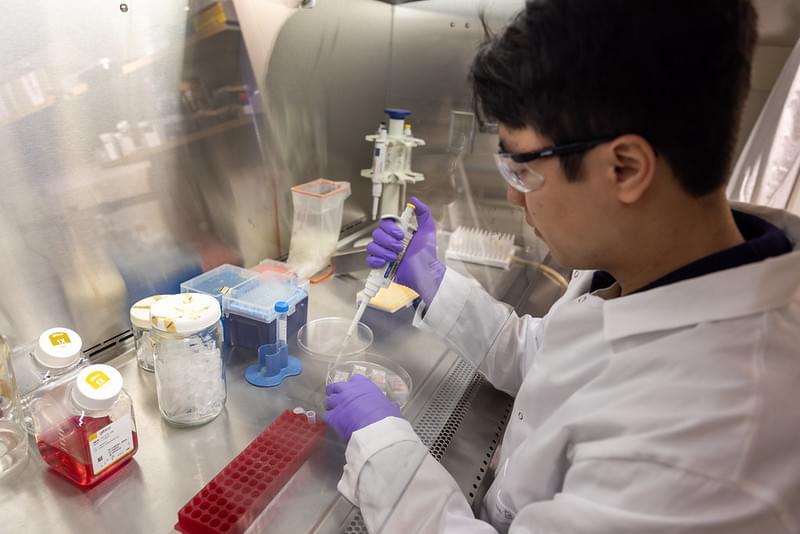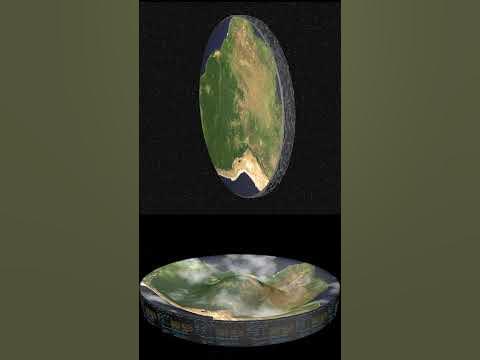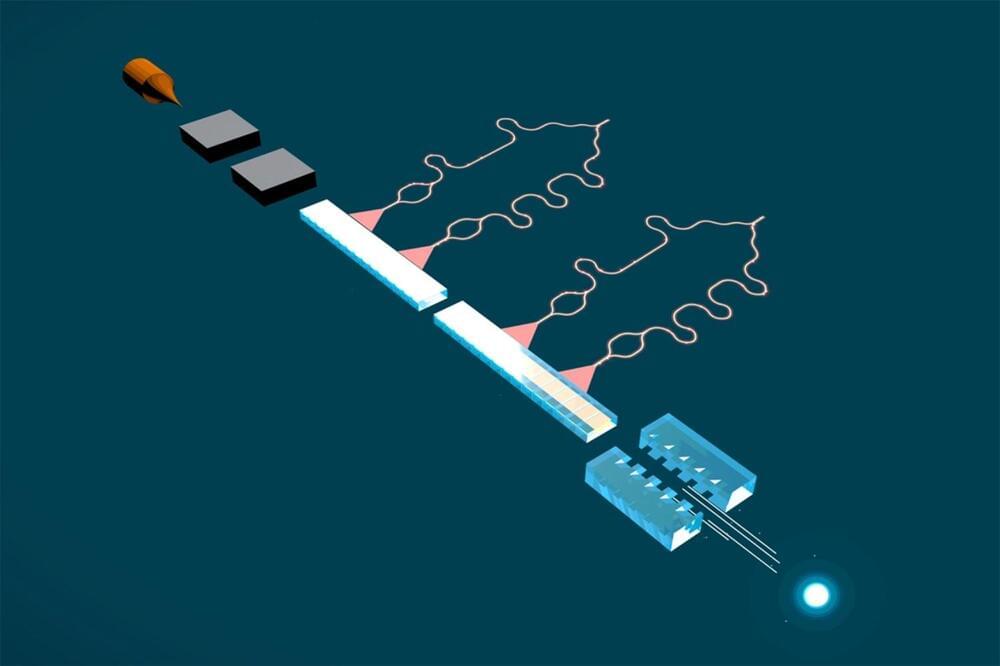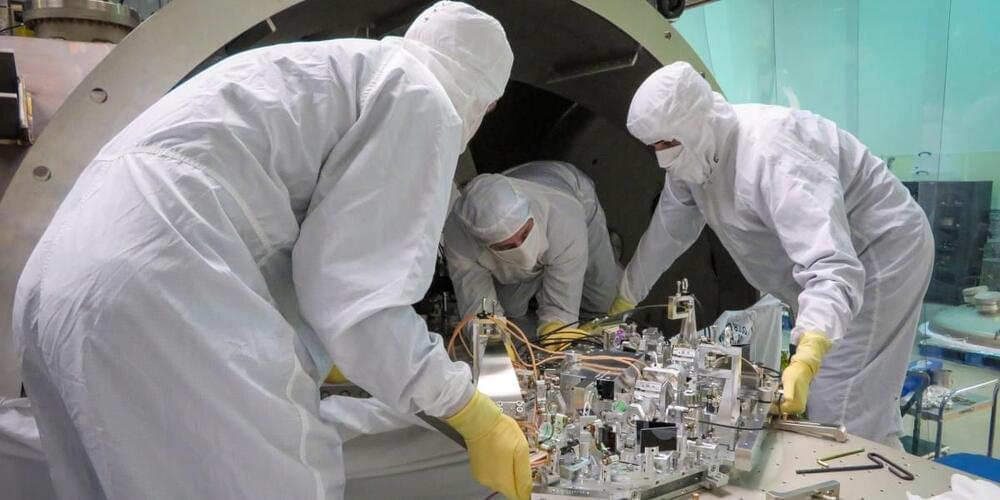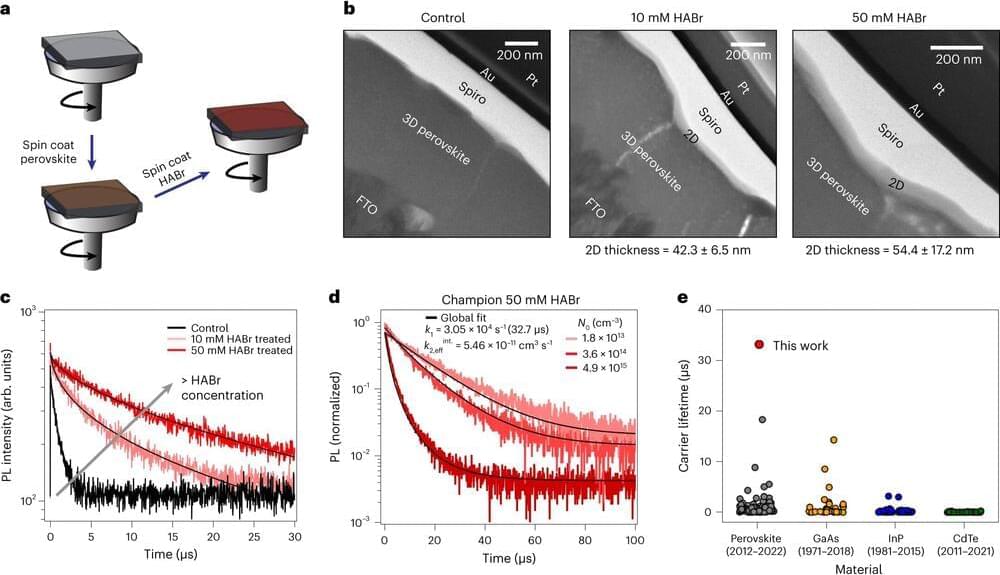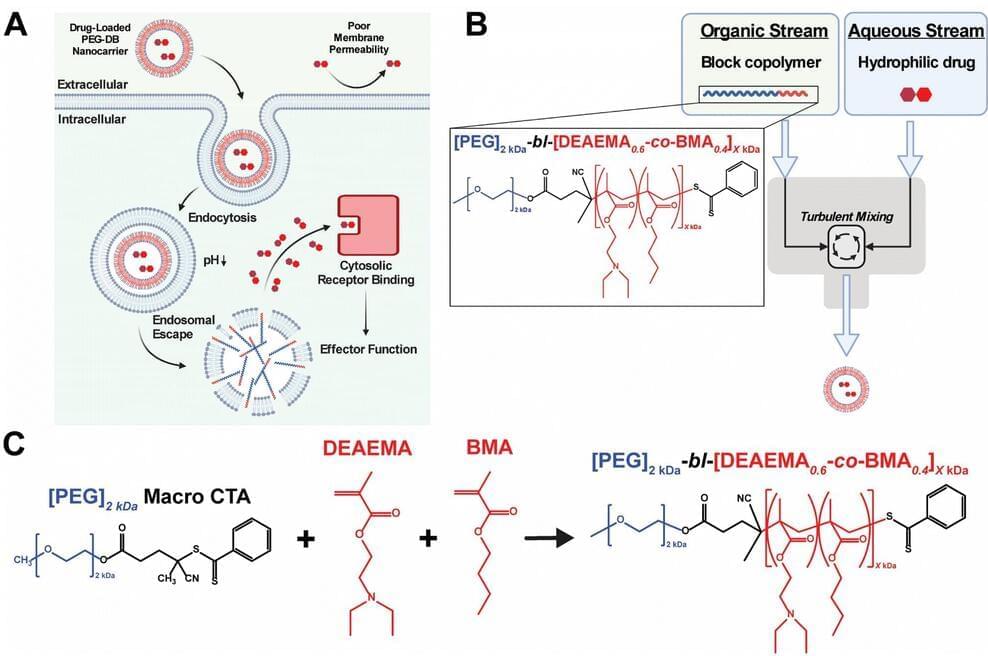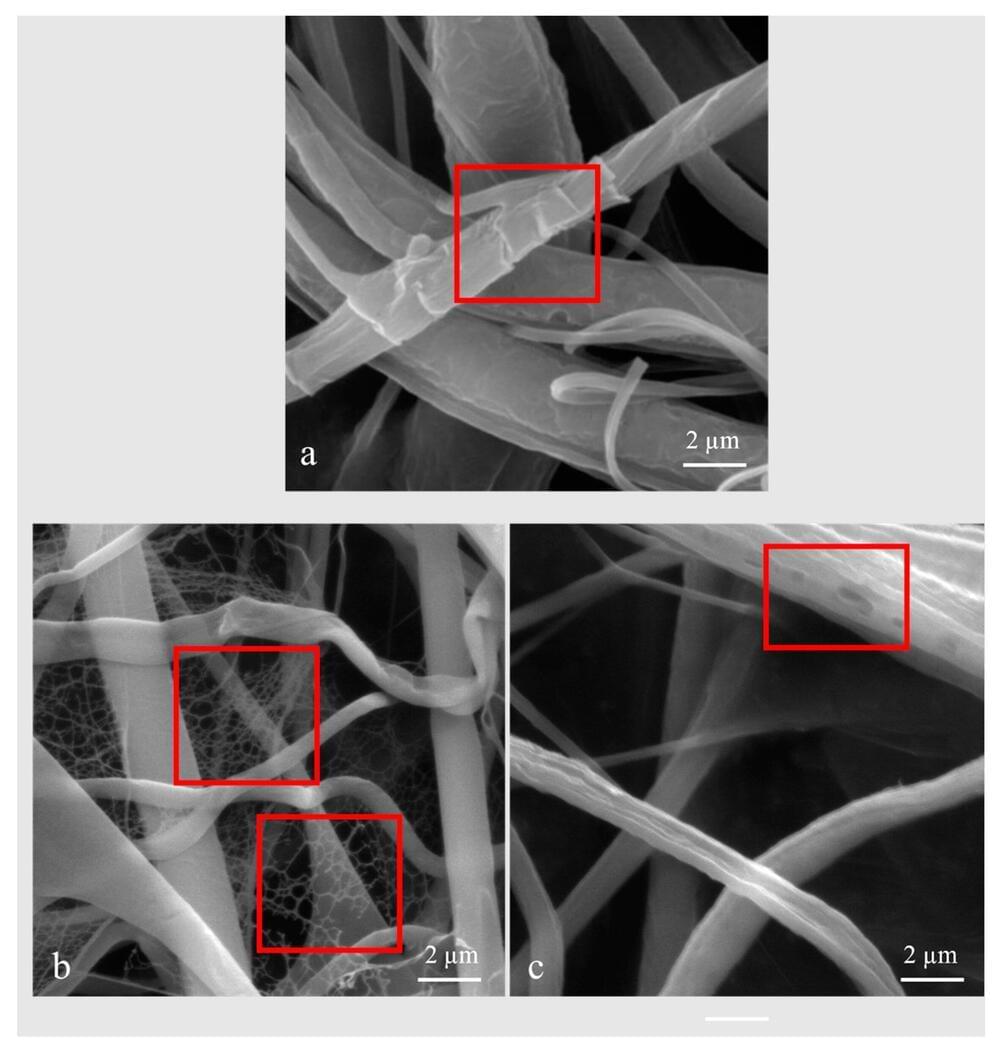Mar 3, 2024
In a First, Organoid Model Resembles All Three Sections of Embryonic Brain and Spinal Cord
Posted by Dan Breeden in categories: biotech/medical, engineering, neuroscience
The first organized stem cell culture model that resembles all three sections of the embryonic brain and spinal cord, and produces a full model of the early stages of the human central nervous system, has been developed by a team of engineers and biologists at the University of Michigan(U-M), the Weizmann Institute of Science, and the University of Pennsylvania (UPenn).
“Models like this will open doors for fundamental research to understand early development of the human central nervous system and how it could go wrong in different disorders,” said Jianping Fu, PhD, professor of mechanical engineering at University of Michigan.
This work is published in Nature in the paper, “A Patterned Human Neural Tube Model Using Microfluidic Gradients.”
